Don't miss out on the best jobs!
Subscribe to HelpGoAbroad and weekly we will sent you an email with latest job posts. Provide your email address below
Taking photos of your travels is a visual diary that you will be grateful for when nostalgia for foreign lands kicks in.
The sensual indulgence that occurs while travelling abroad can be electric, breathtaking and irreplaceable. From the sizzling Spanish tapas you recently dined on to the extra-terrestrial viewing of the Northern Lights, there are special moments that you’ll want to capture for your memories. Although writing about your adventures is a great way to tangibly chronicle significant moments and cherish special emotions and feelings, taking a photograph can bring back even more recollections than writing as you are given a visual to get lost in all over again. The power of an image not only helps to recreate the scene in your mind, but photos can also help to transport family and friends into your adventures abroad as they can witness the view instantly rather than reading a multiple paragraph description of it.
In today’s modern world, photography has undergone a massive shift thanks to technology and it has become increasingly rare for anyone to have a device dedicated solely to taking photos. Smart phones now come equipped with cameras that can shoot photos and video that are comparable to entry level point and shoot cameras, so why acquire another device to worry about losing or breaking when you already have one that works superbly? Everyone has their own preferences, but many people find that when they are abroad, they prefer to bring a designated device that they can rely on to deliver high quality photos that look great on a screen bigger than one’s phone.
A few other reasons one might choose to use a camera rather than their phone includes the optical zoom capabilities, macro quality, shooting performance, battery life, storage and image stabilization technology.
The challenge that travellers are constantly faced with is the dilemma of taking photos or the moment or simply being in the moment. We don’t want to sacrifice a special experience because we were focusing too much on trying to get the shot. One must learn how to balance the pleasure of living in the present while giving oneself the gift of visual memories.
There are numerous cameras available on the market, from waterproof point and shoots to weather sealed professional cameras, there is a device that can suit anyone’s photographic needs.
Here are a few questions to ask yourself that can help distinguish which camera characteristics you need in your device.
Where are you going?
Think about the type of environment you are going to be in. Will you have time to get your large professional camera out of your bag or do you need something more discreet and pocket sized? Does it constantly rain or is it really windy at the beach? Answering these questions helps you to figure out how durable of a camera you will need for your adventures.
For the adventurer who needs something sturdy and rugged, in the point and shoot category, cameras such as the Fujifilm FinePix XP60 and the Nikon AW120 are both waterproof, compact, dust proof, shockproof and freeze resistant. There are also more advanced cameras that have weather sealing such as the D7100, but as they are DSLRs, they are still rather bulky to handle.
If you are going to a more urban setting you might be inclined towards more slim, sleek and fashionable, though often slightly less durable cameras such as the Canon PowerShot ELPH 135 which can easily fit into a small purse and head out to the party without being a nuisance to bring with you.
With technology these days, cameras are almost the same size as a credit card and yet deliver higher photographic results than their predecessors. You can find almost any camera in any size with similar technological capabilities.
What do you want to shoot?
Now that we know how you want your camera to look, let’s talk about what you want your camera to do for you. Are you going to be touring a plethora of English gardens, racing next to dolphins on the Great Barrier Reef or exploring the nightlife of Milan? Each of these situations has certain technological demands that the camera needs to be able to meet.
If you are strolling the English gardens, you may find yourself wanting to take close up images of all the stunning vegetation and flowers. This is called macro shooting, when you bring your camera lens rather close to the object. What certain cameras may struggle with is that the automatic focus is not able to adjust because the subject is too close. These days this is a very popular setting that almost all cameras are equipped with. You can tell if a camera has macro setting if you can see the icon of a tulip in the scene selection menu or it may be a button on the back of the camera.
If you are out on the ocean on a catamaran tour and some playful dolphins begin to swim with the boat, perhaps a sea turtle swims by or a manta ray even makes an appearance, you’re going to want to capture the moment quickly, since these critters are not likely to stop and pose for you. You’ll need a camera that has what we call burst shot mode or continuous shooting mode. This mode allows you to shoot several photos in a short amount of time; essentially you are shooting a fast sequence of photos in the hopes that one of them will have caught a magical moment when the dolphin winked at you. This mode is also great for shooting sports, or when on a tour bus that might not slow down enough for you to take one solid photo- just raffle off a few continuous shots and hopefully you’ll be able to snag that special moment in time. This feature is widely available in most cameras these days and is indicated with the icon of three frames on top of each other. There are various speeds when it comes to continuous shot, with some cameras continuously shooting for 3 frames per second (fps) and some cameras firing like machine guns at 11 fps.
And if you find yourself trading glasses of wine on back alley streets with fashionable Italians, you’re going to want a camera that has good ISO so that you can still capture good quality photos despite the low light availability. ISO stands for International Organization for Standardization, which was attempting to create a standardized measurement for film light sensitivity, that continues to translate even into digital photography. The higher the ISO setting, the more light sensitivity you are directing your camera to have. However, do not be mislead to think that having a higher ISO setting makes all your photos better, as photos shot in the day with a high ISO will actually look rather grainy. Most cameras have an automatic ISO setting, but sometimes you may want to adjust it given the specific environment you’re in.
Zoom capabilities and megapixels are also important characteristics of a camera and are typically the first specifications that consumers will see when searching the market. Being able to zoom as much as possible is not always a sensible determinate for a camera, as you might find that the majority of your subjects are quite close most of the time. If you have a camera with at least 10x optical zoom, you should be more than fulfilled with zooming capabilities. If you are partaking in a bird watching or sporting event, where zoom may be very important to the successful capture of your subject. Some cameras such as the Canon SX series were designed especially with zoom as a key feature.
When it comes to megapixels, unless you are planning to enlarge your images to the size of billboards, shooting with a camera that has at least 12 MP, is usually more than competent for high quality images with good resolution.
What shape do you prefer?
Being able to fit your camera into your pocket allows you the freedom to not have to always bring a bag, and due to its extreme accessibility will encourage you to take more photos rather than a large camera that you have to fumble to get out every time you take a photo.
The pocket-sized appeal of point and shoots is perfect for travellers, but some people find that there just isn’t enough camera to hold on to in order to successfully take a steady picture. There are cameras that are not as complicated or as expensive as professional DSLR cameras but still offer users a grip and a bit more weight to help them hold steady.
The majority of cameras are designed similarly, but the placement of small details like zoom control buttons, external flashes and scene mode settings can vary and can actually make a large difference when it comes to the usability of your camera.
First figure out the frame and size of camera you are interested in and then you will be able to fine tune smaller details like control buttons and menus.
What is your price range?
As you have found during your preparations for your trip, travelling and all of the gear that goes along with it can be expensive. A camera is yet another item to afford, but compared to other objects, a camera is a valuable investment for all your future memories from your voyages abroad.
There are cameras that start below $100 USD, which are very basic point and shoot cameras, there are slightly more advanced point and shoot cameras that range from $150 USD to $300, the compact system cameras which sometimes have interchangeable lenses and can be worth anywhere from $200 USD to $800 USD. The larger professional Digital Single Lens Reflex cameras vary from entry-level models at $400 all the way to $3,000 for the top of the line professional model.
Like any other electronic device, you can expect to spend more if the product is more advanced.
Other Tips
Memory Cards
There are almost no cameras that are sold with a memory card in the box, though there may be retailers who bundle memory cards and cameras into a special deal since cameras require a memory card to function.
When looking at memory cards, first determine what type of card you’ll need- today the most popular card sizes are SD and MicroSD. Then you’ll want to look at the amount of space that the card has, which can be as low as 1GB and as high as 128GB. Most people won’t need more than a 16GB card, which can yield about 4,000 photos depending on the file size you are shooting with. You also need to look out for how fast the card is, which is measured in megabytes per second. The speed refers to how quickly the card can write files from your camera on to itself, as well as how fast it transfers information to your computer when uploading your photos.
Batteries and Charging
Battery life is a crucial factor when choosing your camera, because you don’t want to have a camera that died on you after shooting only twenty photos! Many point and shoot cameras average about 250-400 shots of battery life, which is usually more than enough for most people to shoot for a day and then charge their camera. If you feel that you will very quickly exhaust the battery life of your camera, no matter how superior the device, it never hurts to bring along an extra battery that you can alternate with. Charge one battery while you use the other, or charge them both before a big day out to make sure that you have enough juice to take all the photos you want!
Sign in to publish a comment
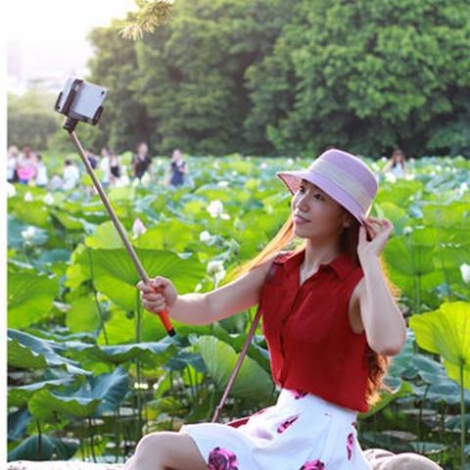
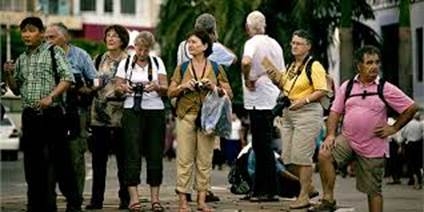
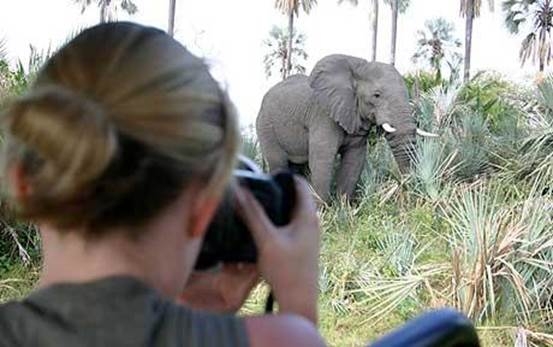
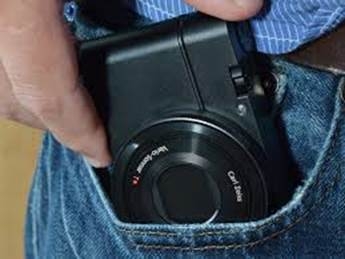
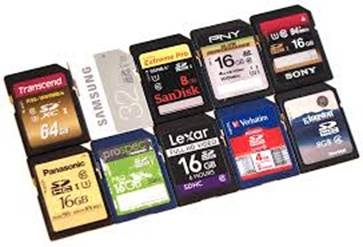
Be the first to comment on this post.